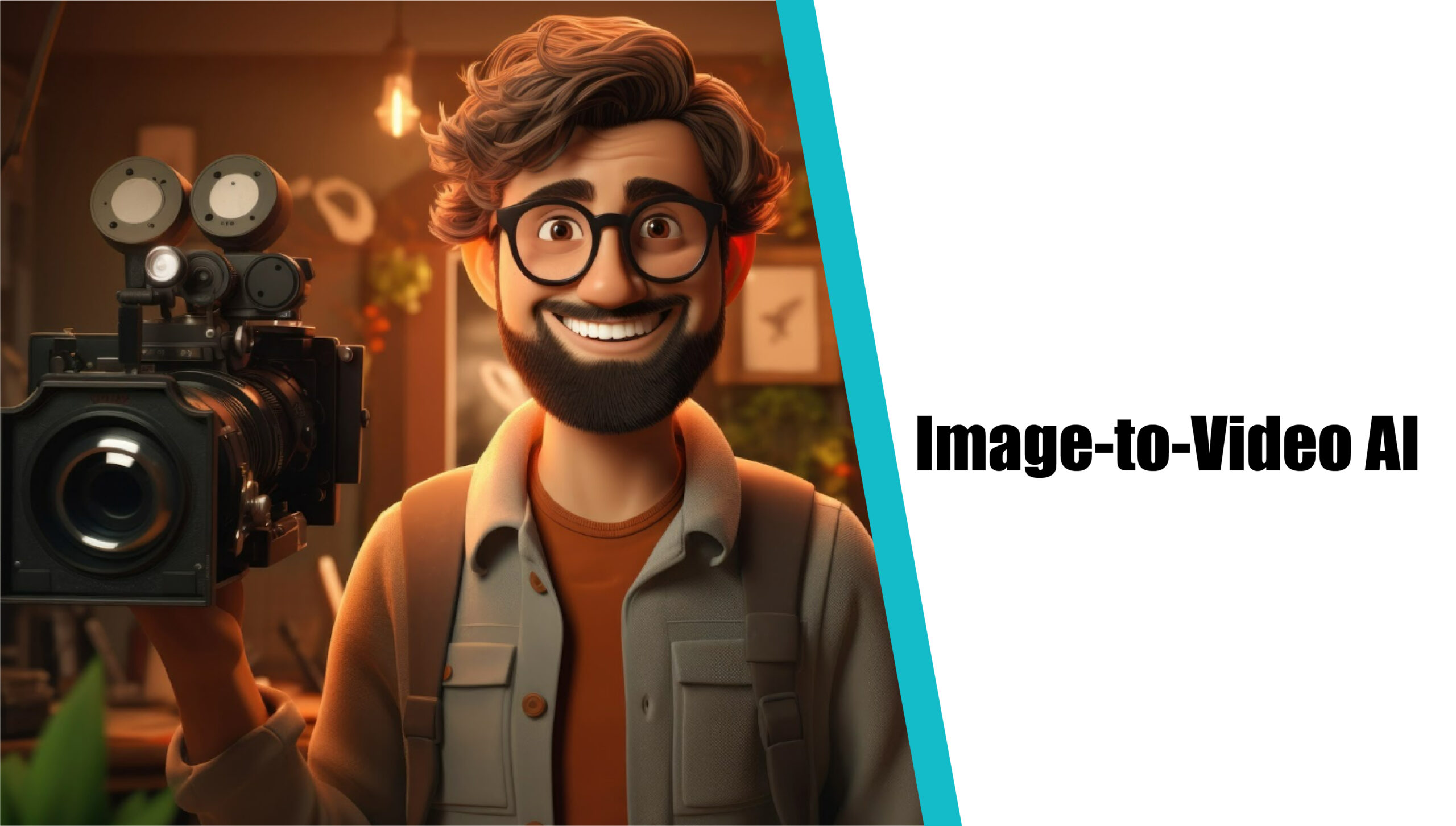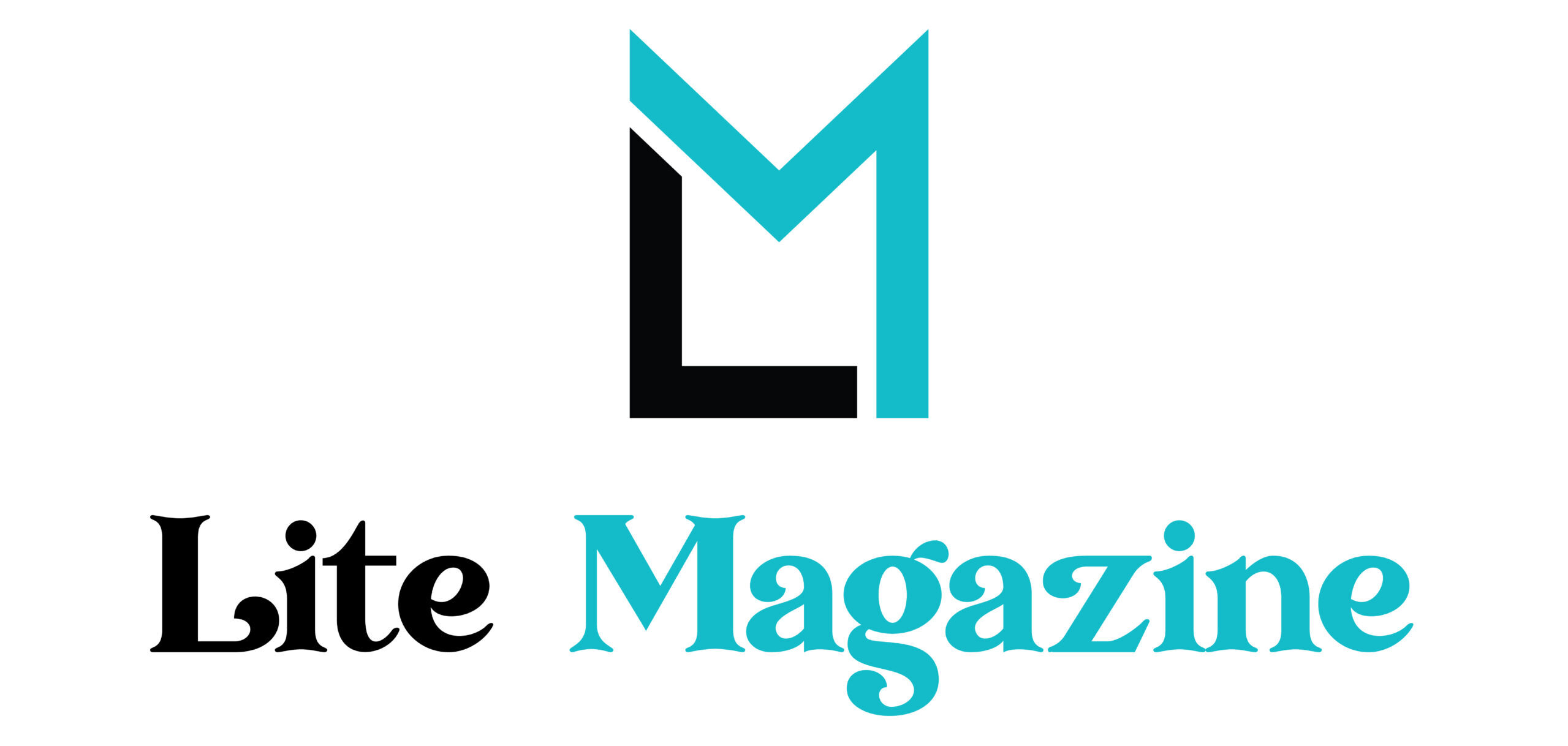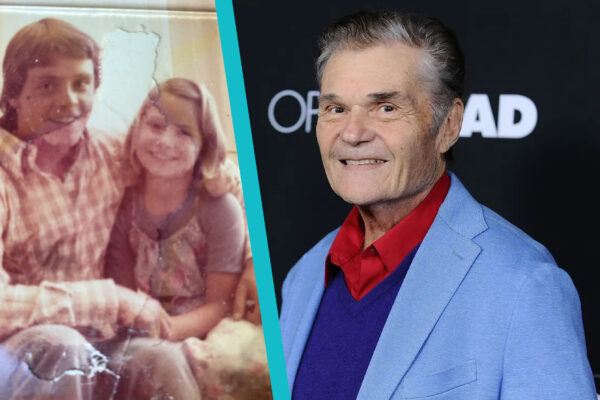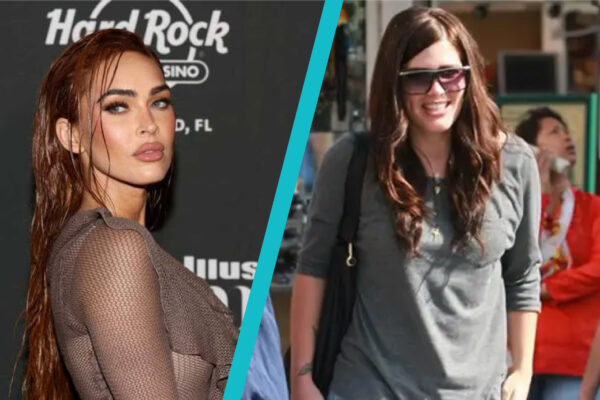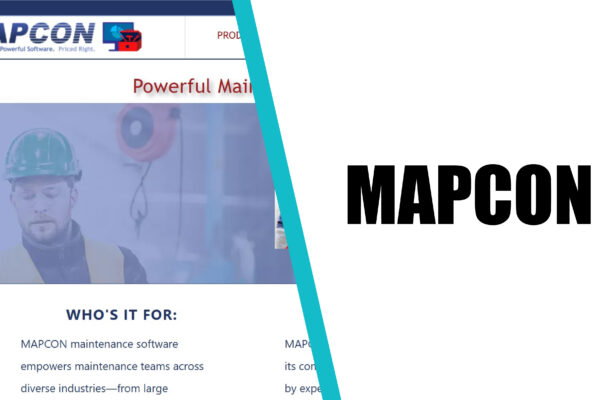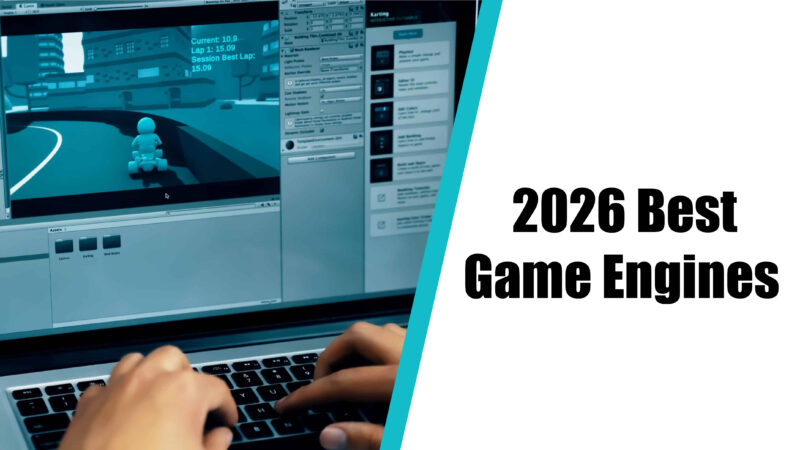The way we consume content has changed dramatically over the last few years. What used to capture attention in seconds now has milliseconds to make an impression. Social media feeds are flooded with videos, short clips, and animated visuals , all competing for user engagement. For today’s creators, standing out means creating more dynamic, motion-driven content that captures attention instantly.
That’s where the next big innovation in visual storytelling comes in: AI-powered tools that can turn still images into moving, lifelike videos. The rise of image-to-video technology is reshaping how content is made, shared, and experienced , giving creators an entirely new way to connect with audiences.
As attention spans shrink and demand for visually rich content grows, creators are turning to AI tools like Viggle AI to bring static photos to life and keep viewers engaged longer.
The New Language of Digital Engagement
In the digital age, engagement is the new currency. Every scroll, click, and view matters. The most successful creators understand that to grab attention, visuals need to move , literally. A moving image stands out in a sea of static posts, making users stop and take notice.
Traditionally, producing videos required time, skill, and editing expertise. Now, artificial intelligence has simplified that process. AI can animate static visuals, predict motion, and generate realistic sequences , all within seconds.
People Read Also: Life of Vivian Ridge: Facts About Bob Ross’s First Marriage
This evolution means creators no longer need production studios or advanced editing skills to make scroll-stopping visuals. They can rely on smart AI systems to handle the technical side, freeing them up to focus on creativity, storytelling, and community engagement.
From Photos to Motion: The Power of Image-to-Video AI
At the heart of this transformation is image to video AI, a revolutionary tool that uses artificial intelligence to convert still images into videos. Powered by Viggle AI, this technology allows creators to upload a single photo, choose a motion template, or use a custom video as a motion reference. The AI then generates lifelike motion that aligns perfectly with the image , bringing it to life in ways that feel natural, expressive, and visually captivating.
The tool gives creators full control over how characters move, emote, and interact with the environment. Whether it’s a simple nod, a dramatic camera movement, or a cinematic action sequence, the AI makes it possible to create professional-quality motion from a single frame.
For influencers, digital artists, marketers, and filmmakers, this is a game-changer. It means faster content creation, more engaging visuals, and endless storytelling possibilities , all powered by AI.
Why Motion Matters More Than Ever
Video content consistently outperforms static images across platforms. Studies show that motion increases click-through rates, watch time, and shares , the metrics that matter most for creators and brands alike.
But beyond numbers, motion creates emotion. It adds depth to storytelling and helps creators connect with audiences in a more human way. Viewers are drawn to life-like visuals that feel dynamic and authentic, even when generated by AI.
With image to video AI tools like those from Viggle AI, creators can produce high-impact videos that convey energy, personality, and narrative , all without complex equipment or editing software.
How Creators Are Using Image-to-Video AI
AI motion tools are no longer experimental, they’re mainstream. Across platforms like TikTok, Instagram, and YouTube, creators are embracing image-to-video technology in creative and unexpected ways.
Social Media Creators
Influencers are using AI to transform still photos into short, dynamic clips that grab attention within the first second of scrolling. These clips perform better on platforms where engagement thrives on quick visuals, like Instagram Reels and TikTok.
Brands and Marketers
Businesses are turning product images into motion videos to boost click-through rates in ads and email campaigns. A static shot of a product can now feature subtle motion, like a rotating item, blinking light, or human expression, to make it more engaging.
Artists and Storytellers
Digital artists are exploring how motion adds emotional impact to their work. A portrait that moves or a landscape that sways in the breeze becomes a story rather than just an image.
Educators and Content Strategists
Educators are finding that short motion videos help explain concepts faster and hold learners’ attention better. Marketers use the same principle, combining simplicity with movement to make information stick.
Each of these examples highlights one truth: movement turns passive viewing into active engagement.
Viggle AI: Making Dynamic Content Accessible to All
What sets Viggle AI apart in the image to video AI space is its focus on creative control and simplicity. Users can start with any image, select a motion template, or even upload their own motion reference. The AI then maps that movement onto the image with remarkable precision.
This means creators don’t just generate random animations, they craft intentional, expressive motions that fit their story or brand. From cinematic gestures to subtle expressions, Viggle AI ensures that each video feels personal and professional.
Unlike generic AI video tools, Viggle AI’s technology was built for realism and flexibility. It allows users to adjust movement, camera angles, and timing to achieve the perfect result. And because it delivers results in seconds, creators can experiment freely and publish more often without sacrificing quality.
The Engagement Advantage
The power of image to video AI goes beyond aesthetics. It directly impacts performance metrics that creators care about, views, watch time, likes, comments, and shares.
Animated visuals attract more attention and keep viewers hooked longer. They also spark curiosity, which encourages more interactions and repeat views. For social algorithms that reward engagement, this creates a virtuous cycle: more motion means more engagement, and more engagement means more visibility.
This is especially true on platforms where trends move fast. A creator who can turn a photo into a viral short video within minutes can stay ahead of trends and grow faster than competitors relying on static visuals.
A New Era of Creativity and Connection
The true potential of image to video AI lies not just in automation, but in amplification. It amplifies a creator’s ability to express ideas, emotions, and aesthetics. It gives life to moments that once stood still and opens the door to new forms of storytelling.
As creators adopt these tools, audiences are beginning to expect richer, more immersive visuals. This shift marks the start of a new creative era , one where AI doesn’t replace human imagination, but enhances it.
With platforms like Viggle AI leading the charge, we’re witnessing the democratization of video creation. Everyone, from solo creators to major brands, can now produce visually compelling content that once required entire production teams.
Read Also: Shauna Redford: Exploring the Life of Robert Redford’s Talented Daughter
Final Thoughts
The future of digital engagement is motion-driven, and image to video AI is at the center of it all. By giving creators the ability to turn still images into expressive, high-quality videos in seconds, Viggle AI is helping redefine what’s possible in content creation.
As audiences crave more immersive experiences, this technology offers creators a way to connect deeper, tell stronger stories, and stay ahead of trends. Whether it’s for social media, marketing, or art, AI-generated motion is no longer just a tool , it’s a creative superpower.
For anyone looking to boost engagement, there’s never been a better time to bring your images to life and let your stories move.
